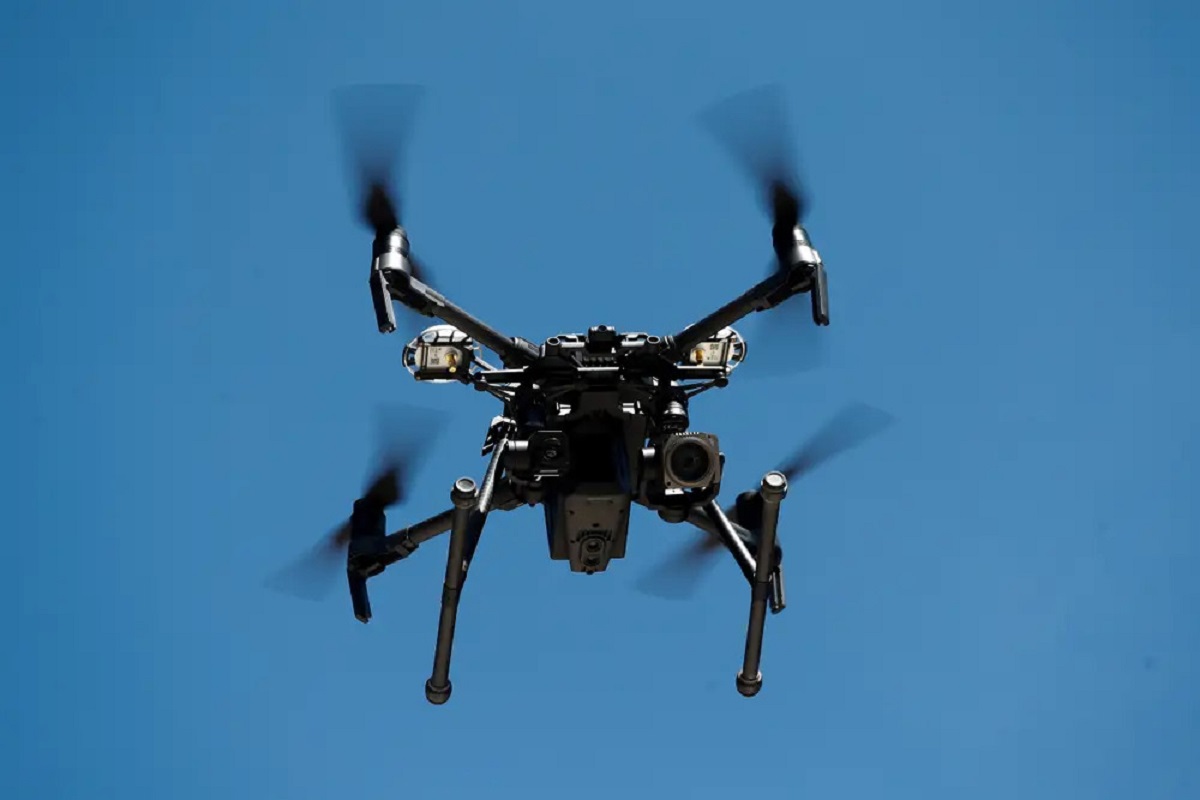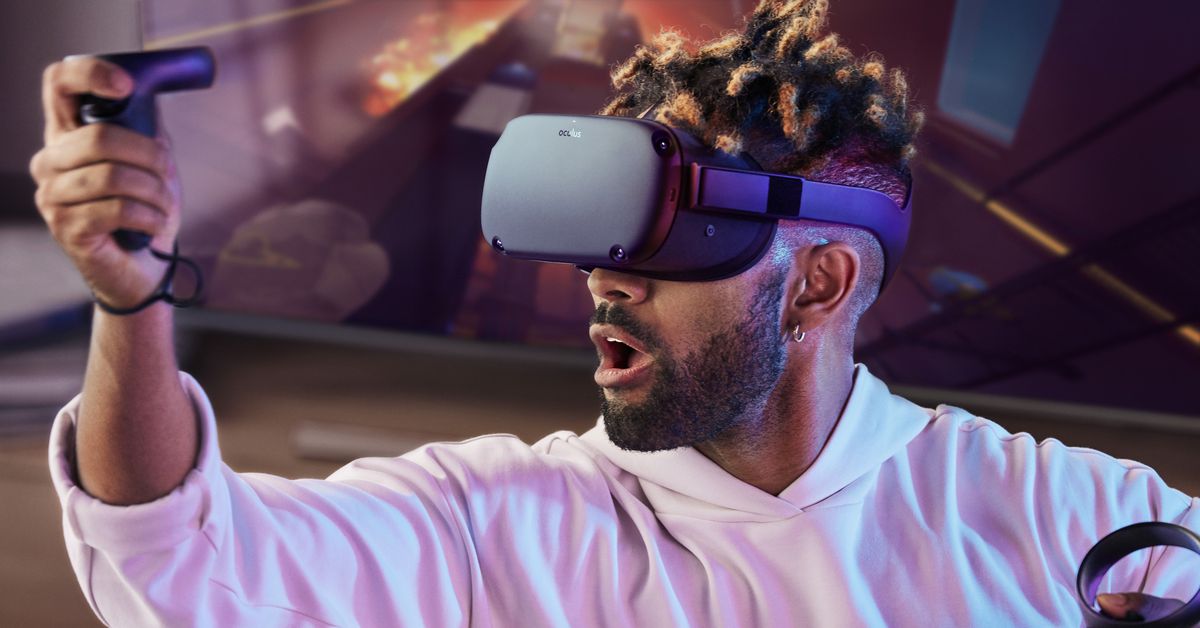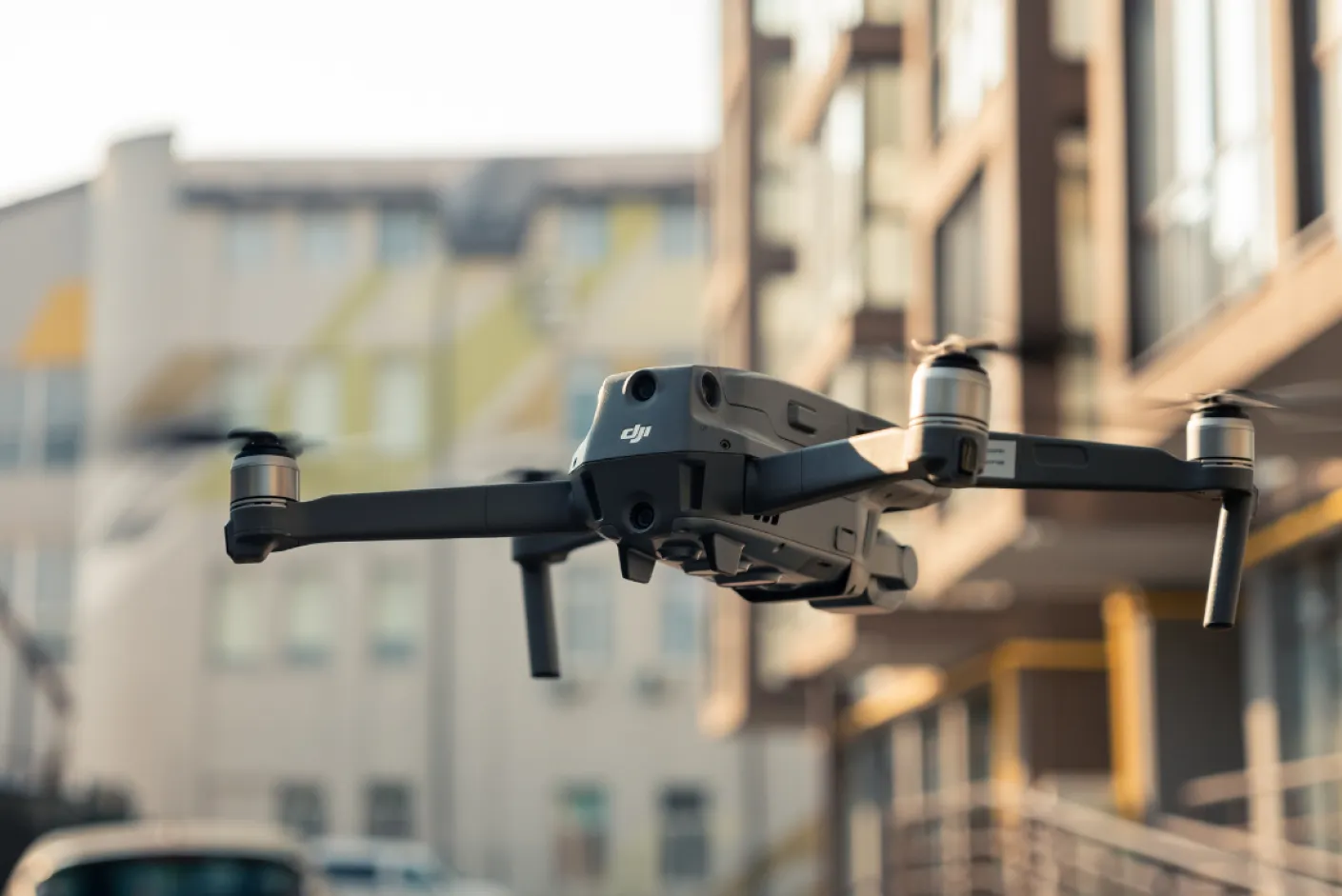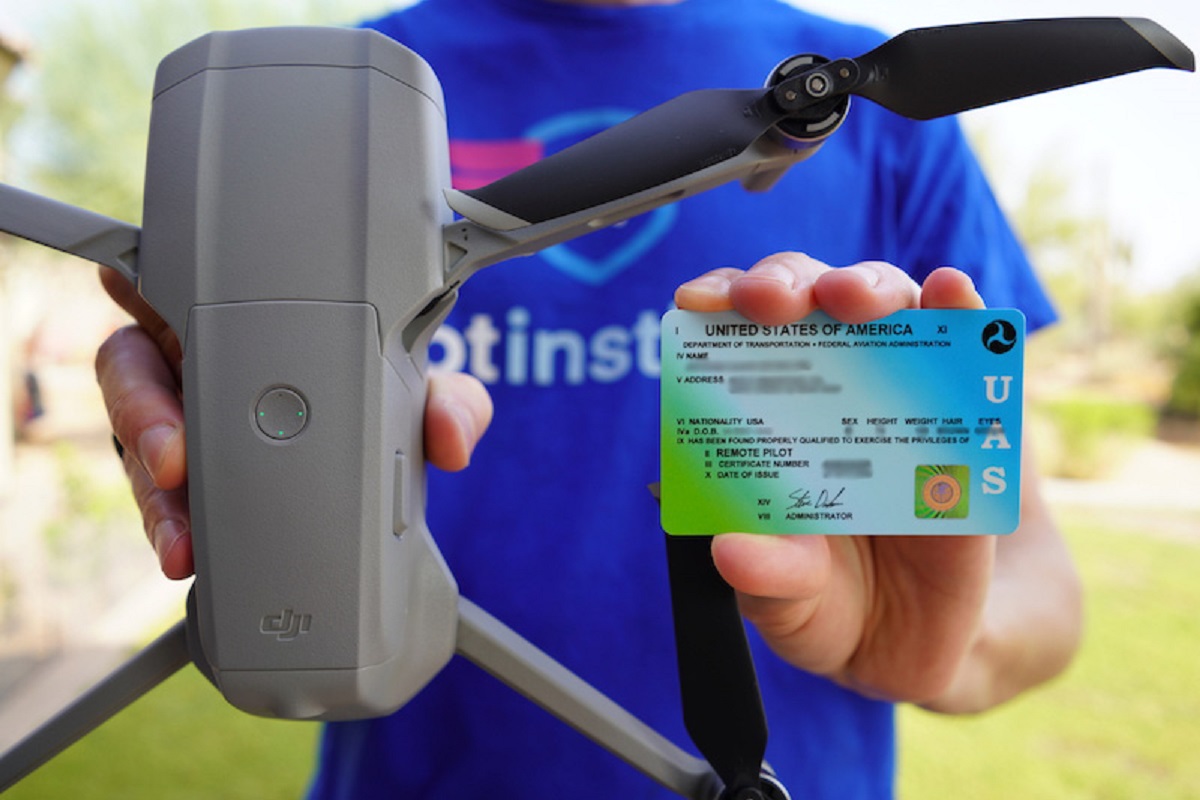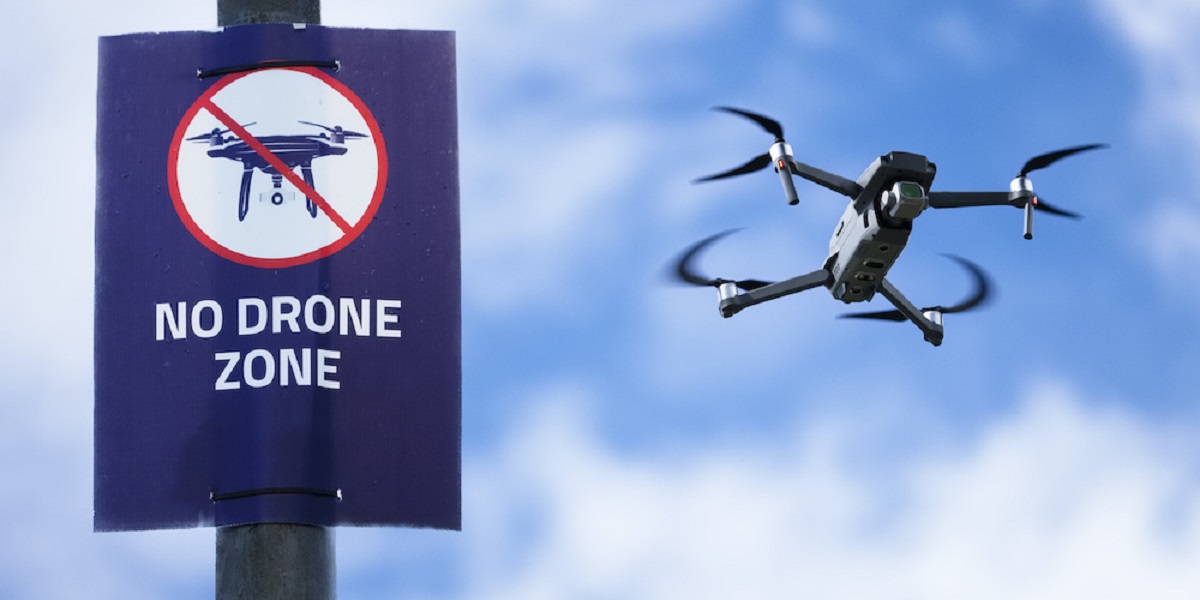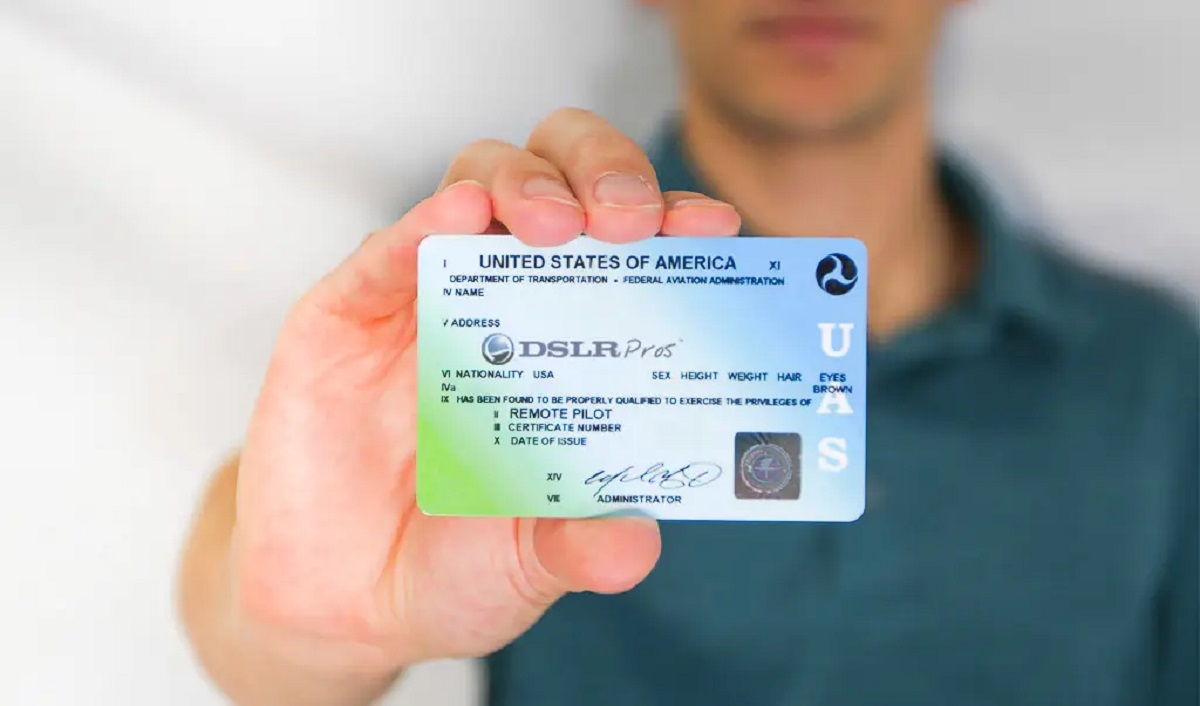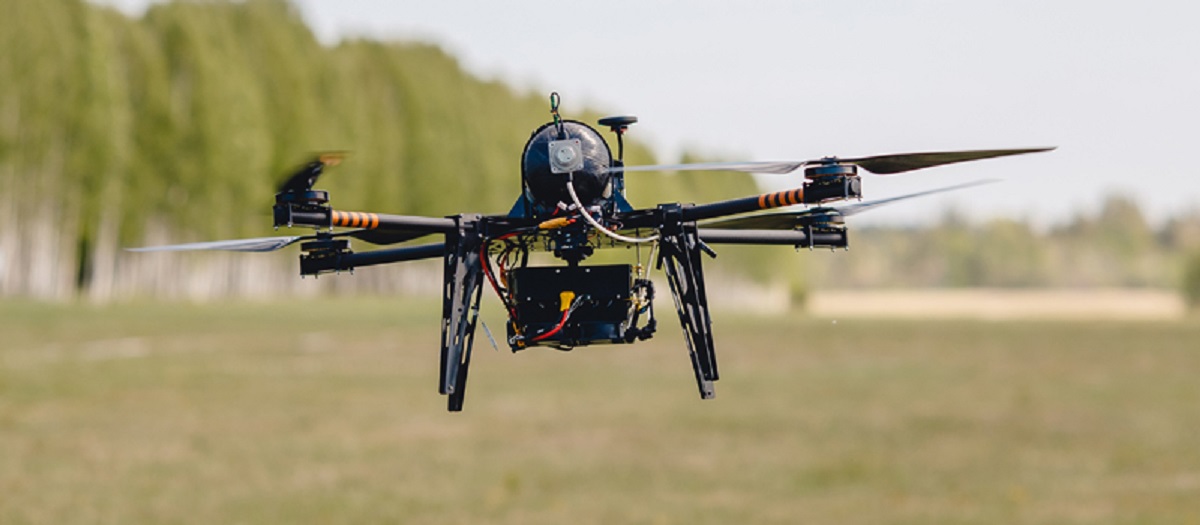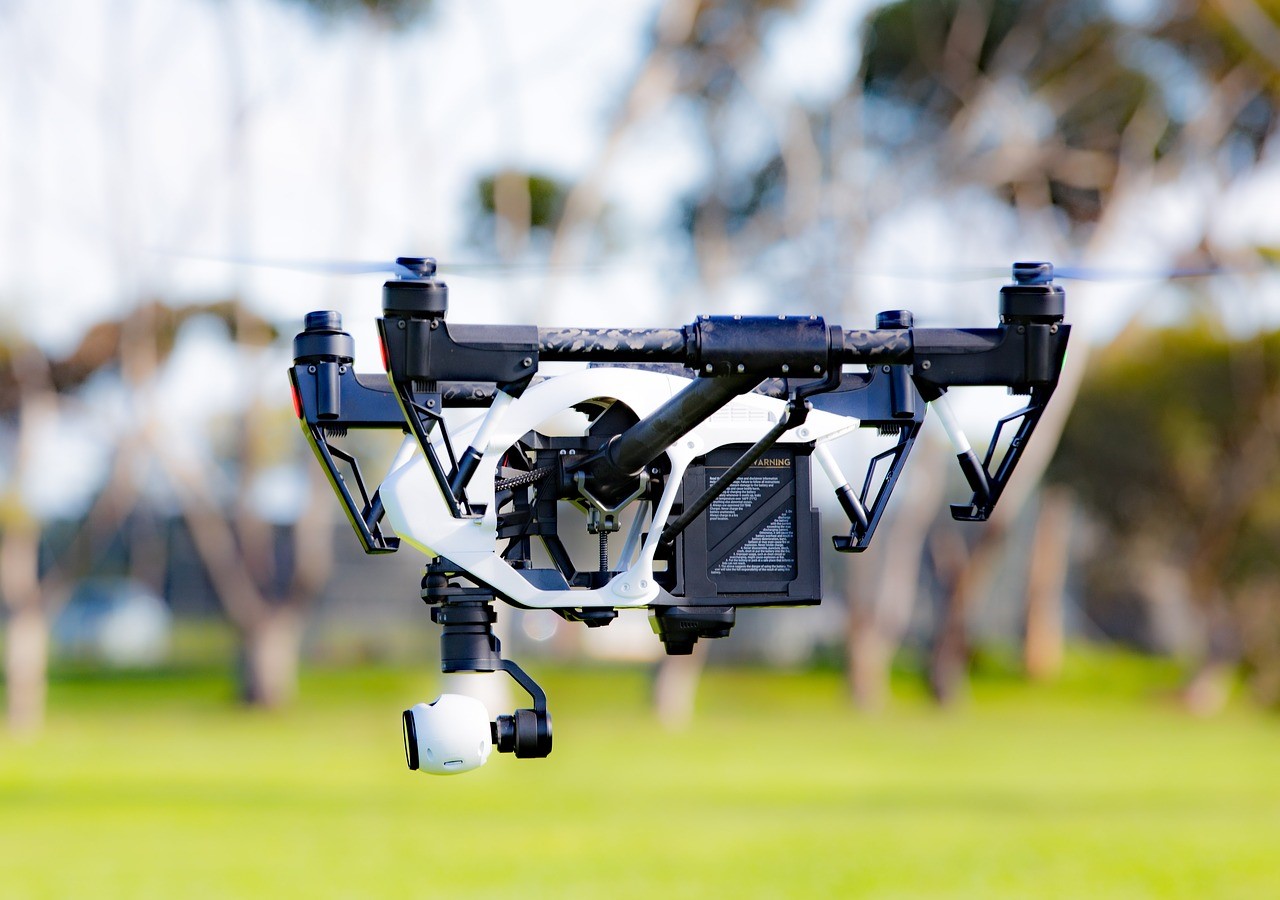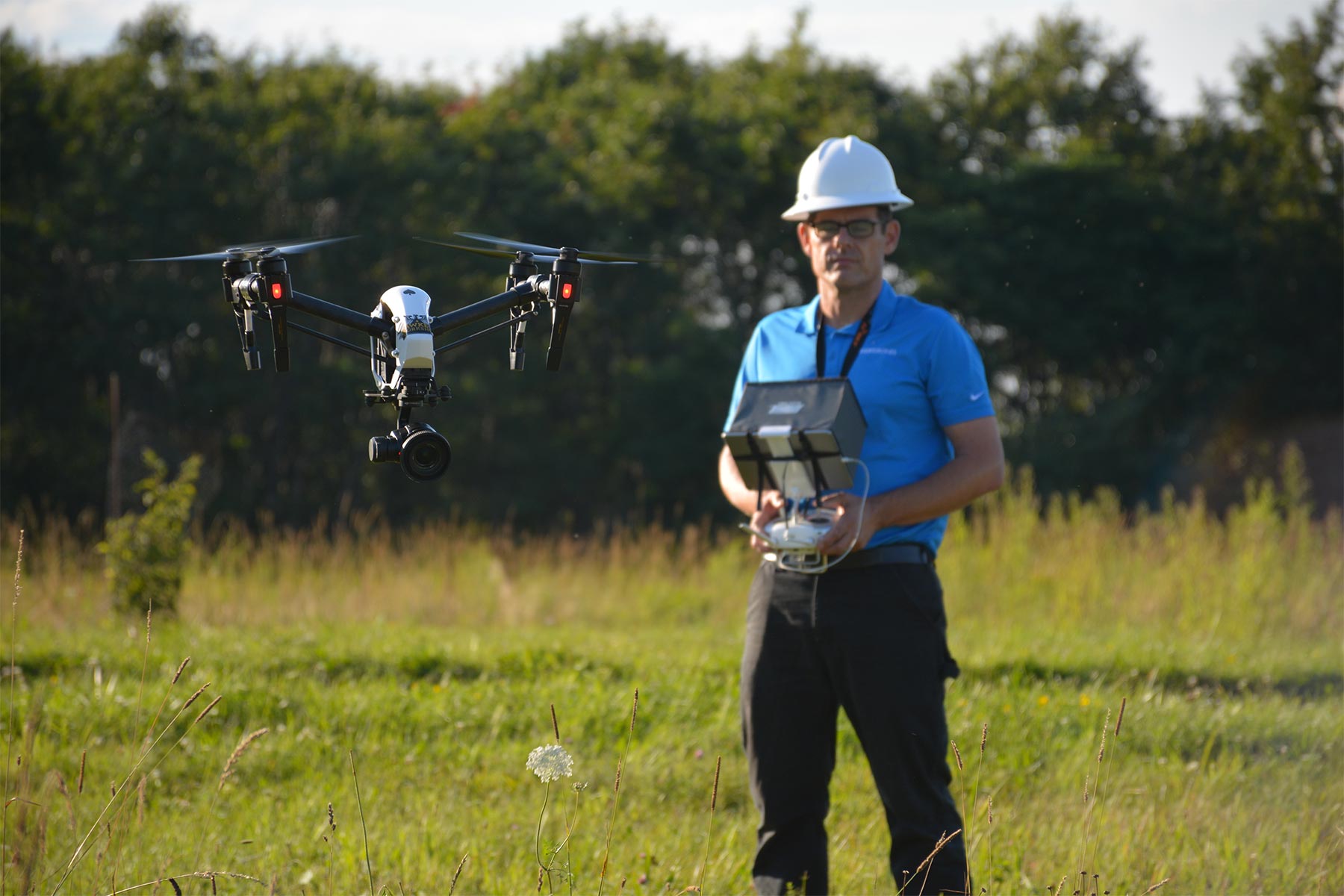Introduction
Florida is a captivating state known for its stunning landscapes and vibrant atmosphere. With its vast stretches of coastline and bustling cities, Florida offers incredible opportunities for aerial photography, videography, and recreational drone flying. However, before you take to the skies with your drone, it’s essential to obtain the necessary licenses and follow the regulations set by the Federal Aviation Administration (FAA) and the State of Florida.
Obtaining a drone license not only ensures that you are compliant with the law, but it also demonstrates your commitment to safety and responsible flying. By obtaining a drone license, you can enjoy the endless possibilities that come with drone technology while respecting the privacy and airspace regulations in Florida.
In this comprehensive guide, we will walk you through the process of getting a drone license in Florida. From the requirements and steps involved to important safety tips and renewing your license, we’ll cover everything you need to know to confidently take to the skies with your drone in the Sunshine State.
So, whether you’re a photographer looking to capture stunning aerial shots, an aspiring filmmaker seeking unique angles, or simply a drone enthusiast eager to explore the Florida skies, let’s dive into the necessary steps to get your drone license in Florida.
Requirements for Getting a Drone License in Florida
Before you can legally fly your drone in Florida, you’ll need to meet certain requirements set by the FAA. These requirements are in place to ensure safety and accountability in drone operations. Here are the key requirements for obtaining a drone license in Florida:
- Age Requirement: You must be at least 16 years old to qualify for a drone license in Florida.
- Remote Pilot Certification: To fly a drone commercially, you need to hold a Remote Pilot Certificate issued by the FAA. To obtain this certificate, you must pass the FAA’s Remote Pilot Knowledge Test, which covers various topics related to aeronautical safety, airspace regulations, and drone operations.
- Pass a Background Check: As part of the application process, the FAA requires all drone operators to pass a background check to verify their eligibility.
- Medical Requirements: Unlike manned aircraft pilots, drone operators do not need to meet specific medical requirements.
- Insurance: While not a legal requirement, it is highly recommended to have liability insurance coverage for your drone. Having insurance helps protect you financially in case of any accidents or damages caused by your drone.
Meeting these requirements is crucial to ensure that you are flying your drone legally and responsibly in Florida. By fulfilling these obligations, you demonstrate your commitment to safety and contribute to the positive image of the drone community.
It’s essential to note that the above requirements specifically apply to individuals flying drones for commercial purposes. If you plan on flying your drone solely for recreational purposes, you do not need to obtain a drone license but must follow the FAA’s recreational guidelines, including flying within visual line of sight and avoiding restricted airspace.
Step-by-Step Guide to Obtaining a Drone License in Florida
Getting a drone license in Florida involves several steps that must be followed diligently. Here is a step-by-step guide to help you navigate the process:
- Study the FAA Part 107 Guidelines: Familiarize yourself with the FAA’s Part 107 regulations, which outline the rules and requirements for operating drones commercially. This includes studying topics such as airspace classification, weather, and emergency procedures.
- Prepare for the Remote Pilot Knowledge Test: To qualify for a drone license, you must pass the FAA’s Remote Pilot Knowledge Test. Utilize study materials available online, such as FAA-approved study guides, practice tests, and online courses to prepare for the exam.
- Schedule and Take the Exam: Once you feel confident in your knowledge and readiness, schedule an appointment to take the Remote Pilot Knowledge Test with an FAA-approved testing center. The test consists of multiple-choice questions and requires a passing score of at least 70%.
- Complete the FAA Drone License Application: After passing the knowledge test, submit your application for a Remote Pilot Certificate through the FAA’s Integrated Airman Certification and Rating Application (IACRA) system. Provide the necessary identification and documentation as prompted during the application process.
- Complete the TSA Background Check: Once your application is submitted, the Transportation Security Administration (TSA) will conduct a background check. This process typically takes a few weeks, and you will be notified of the results via email.
- Receive your Remote Pilot Certificate: Upon successfully completing the background check, you will receive your Remote Pilot Certificate from the FAA. This certificate will allow you to legally fly drones for commercial purposes.
It’s important to note that the above steps provide a general overview of the process, and there may be additional requirements or variations based on individual circumstances. It’s advisable to review the FAA’s official guidelines and consult with local authorities or aviation organizations for any specific requirements pertaining to Florida.
By following this step-by-step guide, you can navigate the process smoothly and obtain your drone license in Florida, opening up a world of possibilities for aerial photography, videography, and other commercial drone operations.
Registering Your Drone with the FAA
Once you have obtained your drone license in Florida, it’s important to register your drone with the Federal Aviation Administration (FAA). Registering your drone is a legal requirement and helps ensure accountability and responsible drone ownership. Here’s a guide on how to register your drone with the FAA:
- Visit the FAA DroneZone website: Access the FAA’s dedicated registration portal, called DroneZone, which is designed specifically for drone owners to register their aircraft.
- Create an account: If you haven’t already, create an account on the DroneZone website by providing your personal information, such as your name, address, and contact details.
- Provide aircraft details: Enter the necessary details about your drone, including its make, model, and serial number. Ensure accuracy when providing this information.
- Pay the registration fee: Pay the required registration fee, which is currently $5 per drone, using a credit or debit card. The registration fee is valid for three years.
- Receive your registration number: Once your registration is complete, you will be issued a unique registration number. This number must be affixed to your drone, either through a permanent label or an easily accessible location like the battery compartment.
- Renew your registration: Remember to renew your drone registration every three years to remain compliant with FAA regulations. The renewal process can be done through the DroneZone website.
Registering your drone is a straightforward process that helps distinguish your drone from others and ensures responsible ownership. By adhering to these registration requirements, you contribute to a safer and more accountable drone community.
It’s worth mentioning that certain drones, such as those weighing less than 0.55 pounds (250 grams), may be exempt from registration requirements. However, it’s always best to check with the FAA for the most up-to-date regulations and requirements regarding drone registration.
By following these steps and registering your drone with the FAA, you demonstrate your commitment to responsible drone flying and compliance with aviation regulations in Florida.
Exploring Restricted Airspace in Florida
When flying a drone in Florida, it’s important to be aware of restricted airspace to ensure the safety of yourself, others, and manned aircraft. Restricted airspace designations are in place for various reasons, including military operations, national security, and the protection of sensitive areas. Here are some key points to consider when exploring restricted airspace in Florida:
- Review FAA Maps and Apps: The FAA provides online tools and mobile apps that allow you to view interactive maps displaying restricted airspace and other aviation-related information. Familiarize yourself with these resources to have a better understanding of restricted airspace areas in Florida.
- Temporary Flight Restrictions (TFRs): Stay updated on Temporary Flight Restrictions that may be in place due to special events, emergencies, or VIP movements. These TFRs are usually temporary and encompass a specific area and altitude, so it’s crucial to check for any relevant restrictions before planning a drone flight.
- Avoiding Prohibited Areas: Certain areas, such as military installations and government facilities, are designated as prohibited airspace. Flying a drone in these areas is strictly prohibited and can lead to severe consequences. Be vigilant and familiarize yourself with any prohibited areas in Florida.
- Stay Informed About Restrictions: Stay informed about any other airspace restrictions, such as controlled airspace around airports and heliports. Familiarize yourself with the rules and regulations surrounding these areas to ensure compliance and safety.
- Utilize Safety Apps and Tools: Consider using safety apps or online tools that provide real-time airspace information and alerts. These tools can help you plan your drone flights around restricted airspace and stay updated with any changes or notifications that may affect your planned flights.
Remember, respecting restricted airspace regulations is crucial for the safety and integrity of the airspace system. Violating airspace restrictions can pose significant risks, result in legal consequences, and damage the reputation of the drone community as a whole.
By staying informed, adhering to airspace restrictions, and flying responsibly, you can safely explore the beautiful Florida skies with your drone while respecting the boundaries set to ensure safe and secure airspace operations.
Tips for Drone Safety and Responsible Flying in Florida
When flying your drone in Florida, prioritizing safety and responsible flying is paramount. Following these tips will help ensure a positive experience and prevent any mishaps or violations of aviation regulations:
- Know and Follow the Rules: Familiarize yourself with both federal and state regulations regarding drone operations. This includes understanding restrictions on altitude, flight over people, and flying within visual line of sight.
- Check the Weather Conditions: Before taking flight, check the weather conditions in your area. Avoid flying in high winds, rain, or other adverse weather conditions that could affect the stability and control of your drone.
- Respect Privacy and People’s Personal Space: Ensure you respect people’s privacy and refrain from flying your drone directly over people without their consent. Be mindful of your surroundings and refrain from invading private property or restricted areas.
- Maintain Visual Line of Sight: Always keep your drone within your line of sight while flying. This ensures you can see and avoid any potential obstacles or hazards, as well as comply with FAA regulations.
- Plan Ahead and Scout Locations: Before flying your drone, scout the location and plan your flight path in advance. Identify any potential obstructions or hazards that could impact your flight and ensure you have appropriate permissions if flying in controlled airspace.
- Keep Spare Batteries and Essential Tools: Having spare batteries and essential tools like propellers and memory cards on hand can prevent interruptions during your flight and ensure you make the most of your time in the air.
- Consider Using a Spotter: If permitted, having a second person act as a spotter can greatly enhance the safety and situational awareness during your flight. They can help monitor the surrounding airspace and provide guidance if needed.
- Attend a Drone Training Course: Consider attending a drone training course to enhance your knowledge and skills. Learning from experienced instructors can provide valuable insights on safety protocols, flight techniques, and legal requirements.
- Respect Wildlife and the Environment: Be mindful of your drone’s impact on wildlife and the environment. Avoid flying near sensitive habitats or disturbing wildlife, and always clean up after yourself once your flight is complete.
- Stay Informed and Engage in Community: Stay updated with the latest FAA regulations and guidelines regarding drone operations. Engage with the drone community, join local groups or forums, and learn from others who share your passion for drone flying.
By following these tips for drone safety and responsible flying in Florida, you can ensure that your flights are conducted in a safe, legal, and respectful manner. Embracing these practices not only enhances your own flying experience but also contributes to the positive reputation of the drone community as a whole.
Renewing or Updating Your Drone License in Florida
Once you have obtained your drone license in Florida, it’s important to stay up to date with any renewals or updates that may be required. Keeping your drone license current ensures that you can continue to fly legally and responsibly. Here’s what you need to know about renewing or updating your drone license in Florida:
- Renewal Timeline: The FAA requires remote pilots to renew their licenses every 24 months. It’s essential to keep track of the expiration date of your license to ensure you remain compliant with the regulations.
- Recurring Knowledge Test: To renew your license, you must retake and pass the FAA’s Remote Pilot Knowledge Test. This test ensures that you are updated on any changes in regulations and best practices associated with drone operations.
- Continuing Education: As part of the license renewal process, it’s recommended to engage in continuing education courses or activities related to drones. This can include attending workshops, conferences, or online courses that cover topics such as safety, technology advancements, or legal updates.
- Updating Personal Information: If there are any changes to your personal information, such as your address or contact details, it’s essential to update this information with the FAA. This can be done through the FAA’s Integrated Airman Certification and Rating Application (IACRA) system.
- Staying Informed: Stay informed about any updates or changes to FAA regulations and guidelines. Keeping up-to-date with any amendments will ensure that you are flying in accordance with the latest rules and remaining compliant.
It’s crucial to plan ahead and initiate the renewal process well before the expiration date of your drone license. Allowing sufficient time for the renewal process helps prevent any interruptions in your ability to fly commercially in Florida.
Remember, while the renewal process may seem like an administrative task, it plays a vital role in maintaining accountability, ensuring up-to-date knowledge, and promoting safety within the drone community. By staying proactive and renewing your drone license in a timely manner, you can continue to enjoy the benefits of flying your drone in Florida while adhering to legal requirements.
Frequently Asked Questions about Getting a Drone License in Florida
Getting a drone license in Florida can be an exciting and rewarding experience. However, it’s natural to have questions about the process and requirements. Here are some frequently asked questions and their answers:
- Do I need a drone license to fly recreationally in Florida?
No, if you are flying your drone solely for recreational purposes, you are not required to obtain a drone license. However, you must still comply with the FAA’s recreational guidelines, including flying within visual line of sight and avoiding restricted airspace. - What is the minimum age requirement to qualify for a drone license in Florida?
The minimum age requirement to obtain a drone license in Florida is 16 years old. Individuals younger than 16 may still fly drones recreationally under adult supervision. - How long does it take to get a drone license in Florida?
The timeline for obtaining a drone license can vary. It depends on factors such as scheduling the Remote Pilot Knowledge Test, completing the application process, and undergoing the TSA background check. Generally, the process takes several weeks, so it’s best to plan ahead. - Do I need liability insurance for my drone in Florida?
While liability insurance is not a legal requirement for drone operators in Florida, it is highly recommended. Liability insurance provides financial protection in case of accidents or damages caused by your drone, giving you peace of mind while flying. - Can I fly my drone at night in Florida?
Yes, you can fly your drone at night in Florida, but you must comply with specific regulations. The FAA requires drone operators to attach anti-collision lights that are visible for three statute miles and fly their drones in a manner that does not interfere with the vision of the remote pilot.
These answers provide a general overview of common questions related to getting a drone license in Florida. It’s essential to refer to the FAA’s official guidelines and consult with local authorities or aviation organizations for any specific questions or concerns you may have.
Remember, staying informed and having a clear understanding of the regulations and requirements will help ensure a safe and legal drone operation in Florida.
Conclusion
Obtaining a drone license in Florida is an important step towards flying responsibly, legally, and safely in the Sunshine State. By meeting the requirements, studying the regulations, and obtaining your Remote Pilot Certificate, you can enjoy the incredible opportunities that drone technology presents.
Throughout this guide, we have explored the requirements for getting a drone license, the step-by-step process of obtaining one, registering your drone with the FAA, understanding restricted airspace, and tips for safety and responsible flying in Florida. It is crucial to adhere to these guidelines to protect yourself, others, and the airspace system.
Remember to stay informed about any updates or changes to FAA regulations and guidelines, renew your license in a timely manner, and continuously educate yourself about drone technology advancements and best practices. By doing so, you demonstrate your commitment to being a responsible drone pilot and contribute to the positive image of the drone community.
As you embark on your drone flying journey in Florida, embrace the opportunities for stunning aerial photography, videography, and exploration. However, always prioritize safety, respect others’ privacy and personal space, and fly within the boundaries of the law. Let your drone flights be a source of joy and creativity, while ensuring the utmost safety for all.
So go ahead and seize the skies in Florida with your drone, capturing breathtaking images and creating lasting memories. With your drone license and a commitment to responsible flying, you can experience the wonders of the Sunshine State from above and enjoy the endless possibilities that drone technology offers.







